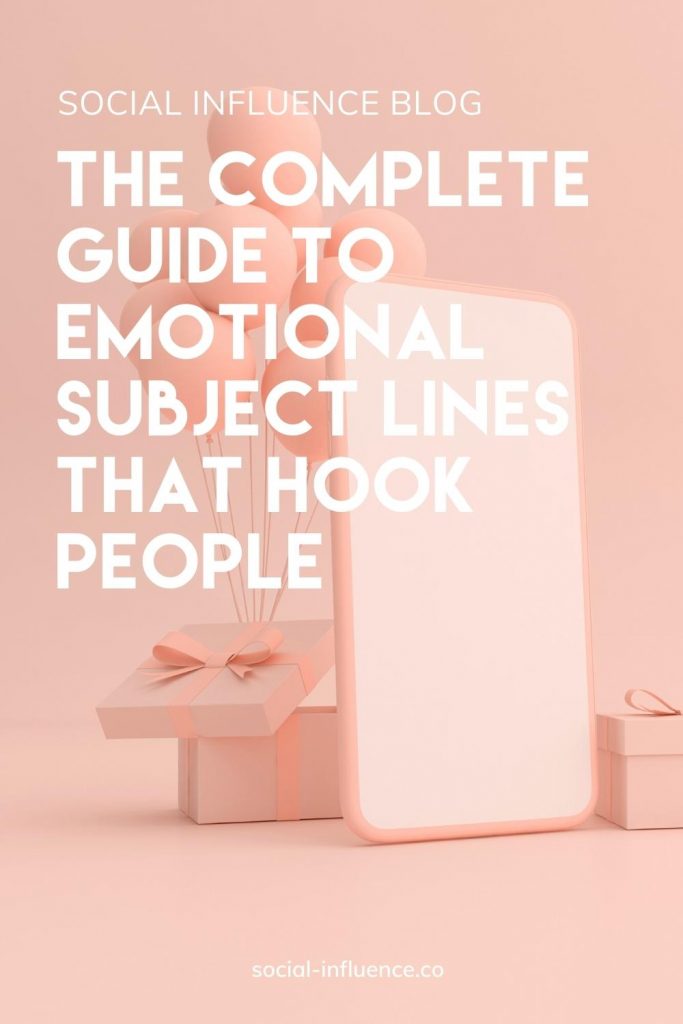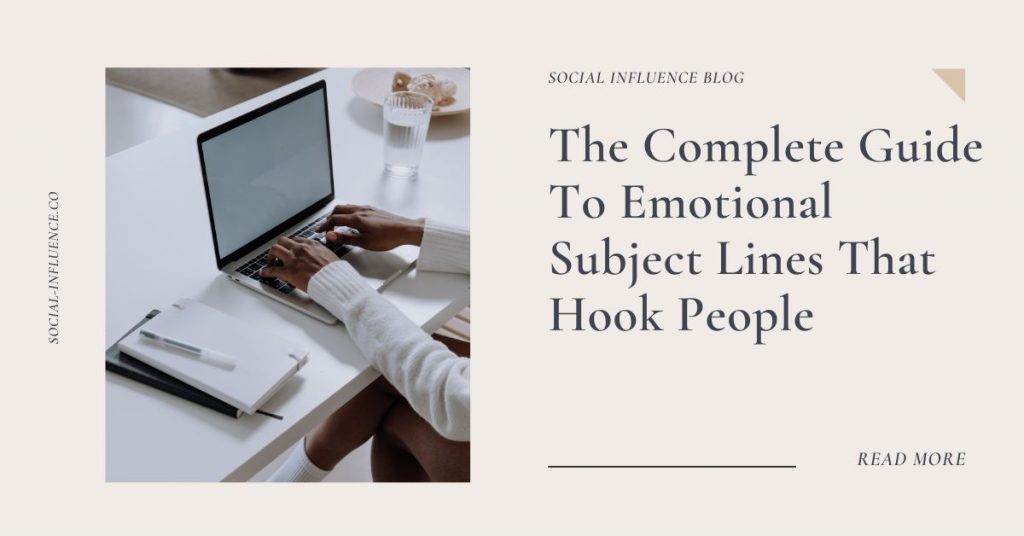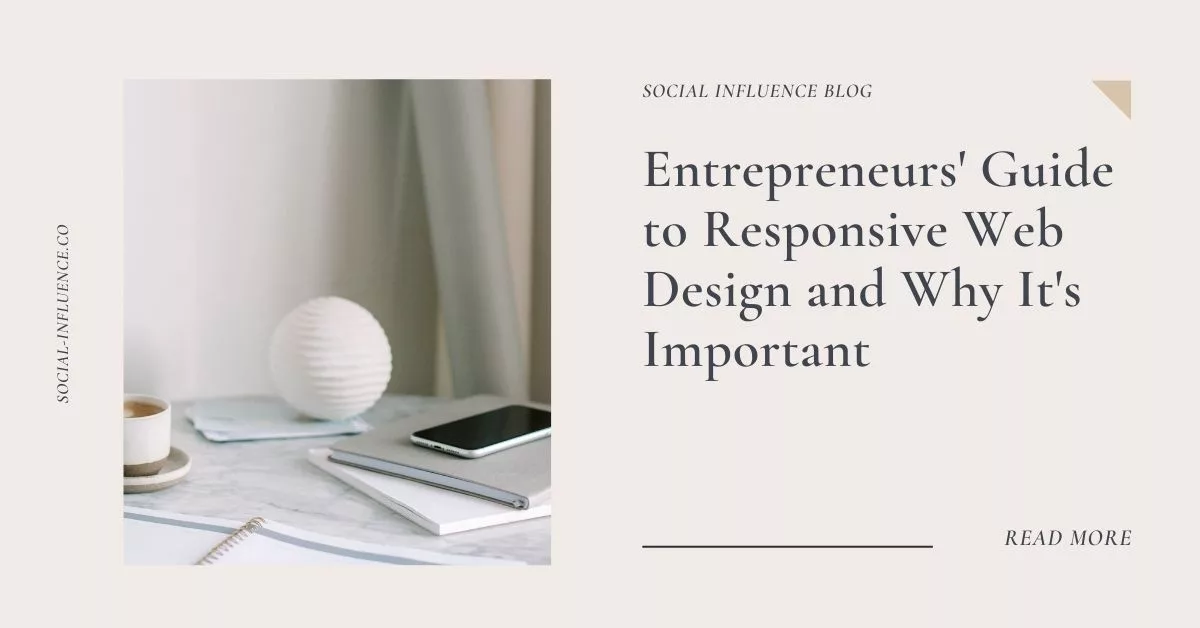|
Getting your Trinity Audio player ready...
|
If you’re ever been told that “subject line matters,” it’s because it really does make a gigantic difference between whether your email gets opened or trashed. Reading an emotionally charged subject line that directly hits on what your audience is thinking or feeling will make them want to open the email. On the other hand, reading one that doesn’t connect emotionally can make them delete the email before even reading it. You need the perfect combination of words that directly calls to action and is tinged with a bit of curiosity or intrigue. Let’s have a look at how to do this in this article!

Figuring Out The Most Effective Subject Lines in Email Marketing (with examples)
Based on OptinMonster, 47% of email recipients open an email based on the subject line alone. At the same time, 69% of email recipients report email as spam based solely on the subject line.
Subject lines are not just about the words you use, but also about how you use them. The subject line is a very important part of your email marketing. It is the first thing people will read, and it can either make or break your response rates.
Trying to figure out what is the best subject line to use can be a little daunting. A good subject line is something that makes people want to open the email and read more. It should entice them enough to click on it and continue reading your email.
People are often confused about what constitutes an effective subject line. There are four critical elements:
1- How to use Active Verbs in your subject line
The first step is to use active verbs in your subject line. Active verbs actually cause us to feel a certain feeling about what we’re reading (which is why they’re so useful for emotional subject lines). For example, if we write an email with the following subject line:
“Declutter Your Life With These Amazing Tips!”
It would be difficult for us to create any feelings at all with such a passive statement. But if we use an active verb instead:
“These Are The Steps You Must Take To Declutter Your Life”
It would be much easier to create some sort of reaction or feeling inside of our readers. Using active verbs in your email subject lines can help you communicate the right kind of emotion and drive action from your readers.
2- How to use Social Proof in Email Subject Lines
Social proof is a psychological phenomenon where people instinctively follow the actions of others in an attempt to help them make decisions or feel more comfortable in situations where they may be unsure of themselves.
Emails that utilize social proof can increase click-through rates by anywhere from 20-56%!
For example, if you were trying to sell me a camera, you could mention that your friends all bought the same camera, or point out that Forbes gave it a 5-star review.
Of course, you can’t just throw around someone else’s name or website in an attempt to impress others. But if you’re already doing business with that person, or if their reputation is already established with no reason for doubt, then their word carries weight. And when you can find good ways to incorporate this into your email marketing strategy, it can be a major boost to your conversion rates.
3- How to use Human Emotions in your subject line
The trick to writing an effective subject line is using emotional words that interest your readers and peaking their curiosity enough so they want to open your message.
Studies have shown that emotional content can increase the effectiveness of marketing by as much as 70%.
Emotions make us feel things about a person or situation. The stronger the emotion associated with something, the more likely we will do something about it. For example, when someone feels fear, it makes them run away from a dangerous situation. If you want to get results with your email marketing efforts, you need to use strong emotions within your subject lines.
Here’s an example of what I mean:
“Hey, we’re emailing you because you asked us to send you updates on our new guide.”
That’s a pretty boring subject line. It doesn’t convey emotions or motivate the reader to open it.
Let’s try another:
“You’re going to love this new guide we just finished.”
Now that’s better. You’ve already got me curious to find out what the new guide is about and how I’m going to love it. You’ve conveyed some emotions in the subject line and they make me want to know more.
But let’s try one more:
“No One Will Tell You These Secrets About Email Marketing… Until Now.”
That last one was really good because it saved the best for last. That subject line made me really curious because it promised something great. But since most people never read past the subject line of an email, I had to make sure that if you did open this email, you’d be amazed and excited by all that we share inside. This is just one way you can use human emotions in subject lines.
4- Use the recipient’s name in the subject line
The first thing you should know about writing an emotional subject line is that the name of your prospect is in it.
The name of the prospect, that is.
It seems obvious, but most people skip over this crucial step. They will instead write a generic subject line like “Re: Your Name” or “Hi There!” as if every email recipient is named John Doe.
To avoid making your emails look like bulk mail, use the person’s actual, full name. Better yet, find out what his or her pet name is (if he or she has one) and casually slip that in there as well. As an example, using my own name as an example (Andrea), I might write:
Hi there, Andrea! You’re invited to our X event!
You’re much more likely to open an email when you see your own name in the subject line. The same applies to your prospects’ first names – when you use them, they’ll feel more connected to you and be more likely to open your message.
The Ultimate Guide on Words That Get You More Opens and Clicks
A study by Marketing Sherpa showed that email open rates vary by subject line length. For example, a subject line with 42 characters or less has an open rate of 22%, but this rate drops to just 6% for those with 63 characters or more.
The word that gives the highest click-through rate is “free”, which had a click-through rate of 7%.
The other top performing words were “you”, “off”, “now”, and “today” (all with a click-through rate of just over 2%).
There are only a few words that you should use in your subject lines: “Free,” “New,” “You,” and “Today.” These words get you more opens and clicks than any other subject line.
Surprise: Stop! Amazing New Way To Do ____!
Uncertainty: What If ____?
Anger: How To Avoid ____!
Curiosity: Amazing New Method For ____!
Intrigue: Who Knew It Was Possible To ____?
Final Words
At the end of the day, it’s all about your audience and how much you feel their pain. You need to know their pains and want to fix it for them. Just telling someone about your own product/service is not going to cut it because your subscribers are more than likely bombarded with offers like yours every day.
Instead, think about ways you can relate to your audience and make a connection with them. Then use that as the basis for your subject line so they have a strong desire to open it.
The content should then be interesting enough so that if they do open it, you are able to communicate effectively why you are the solution to their problem or provide something of value to them.






